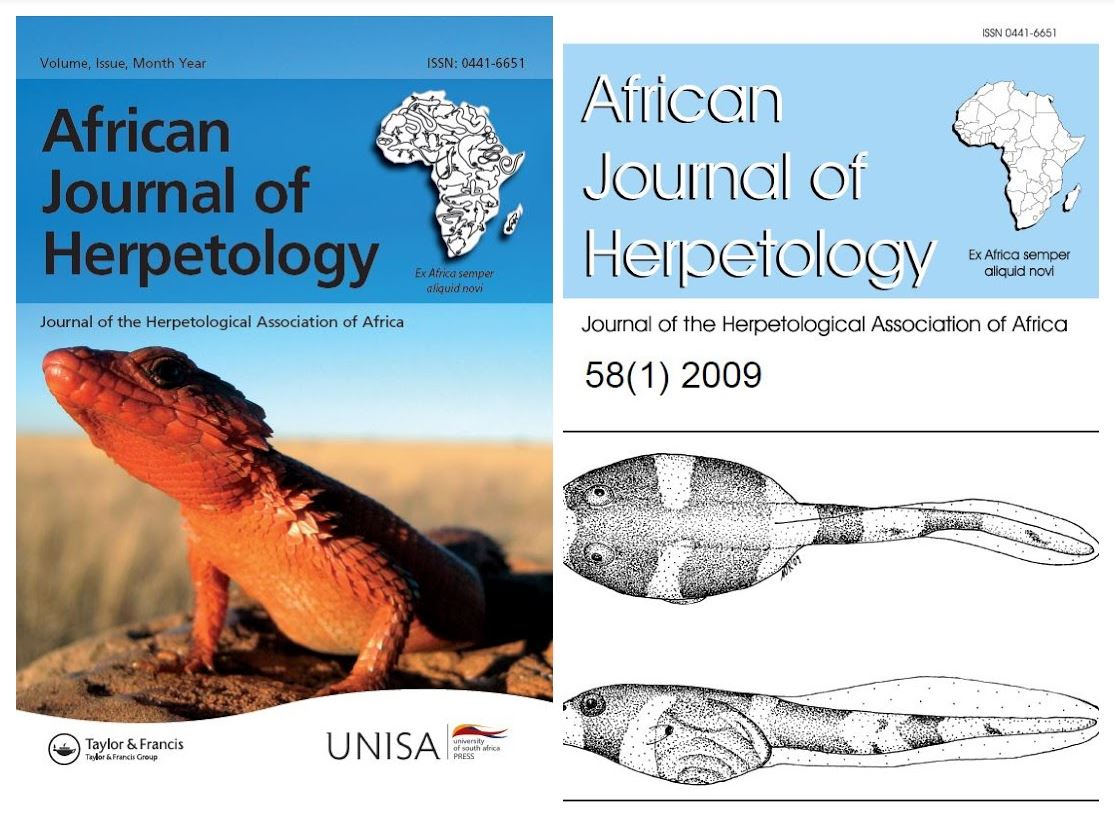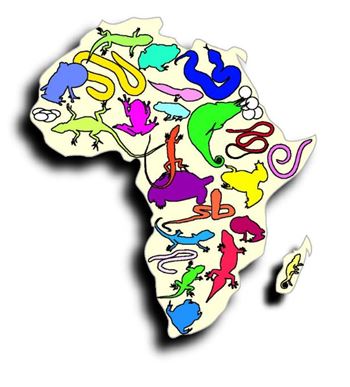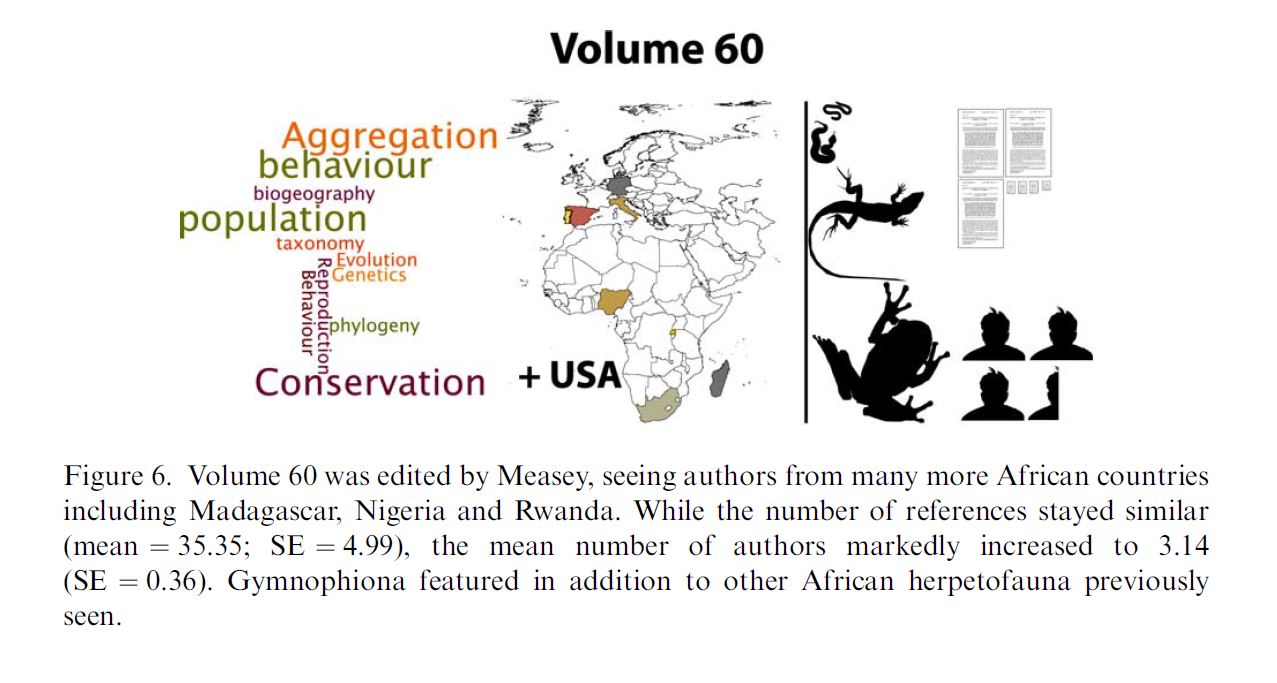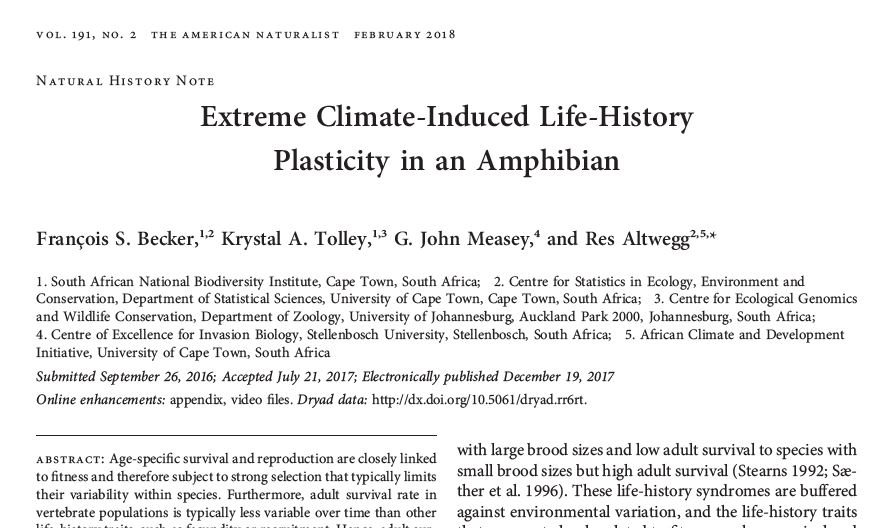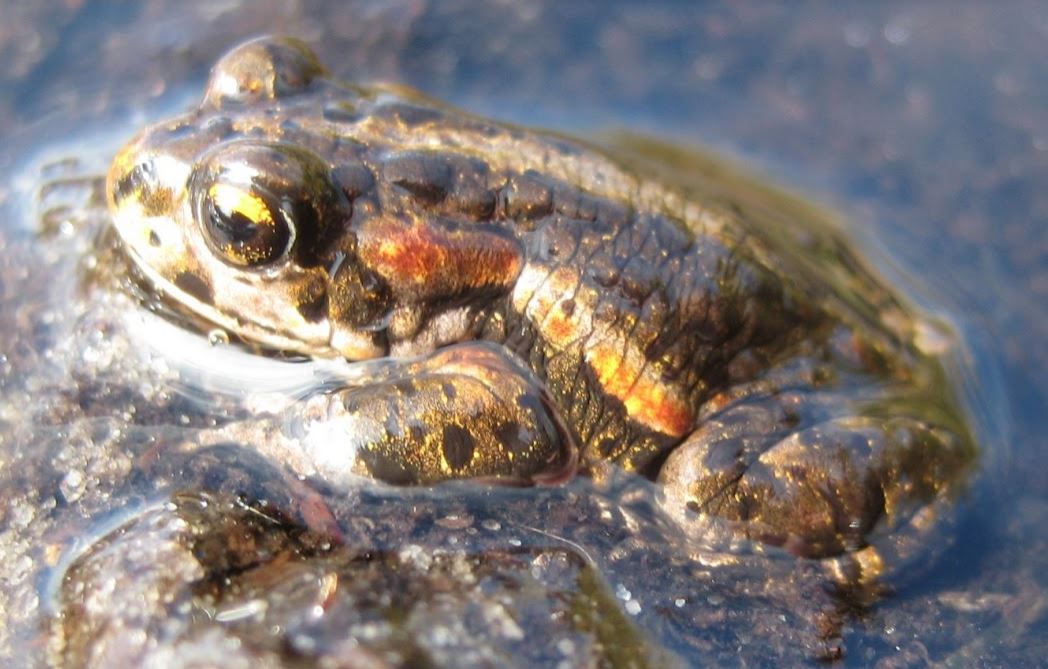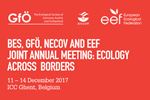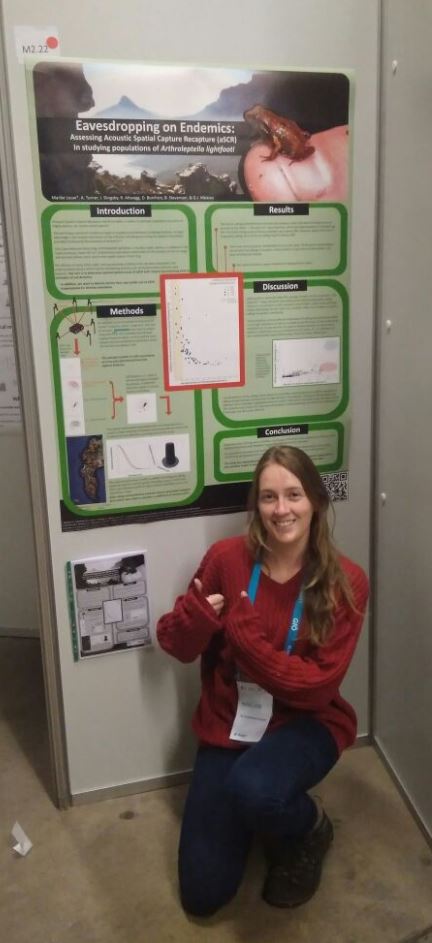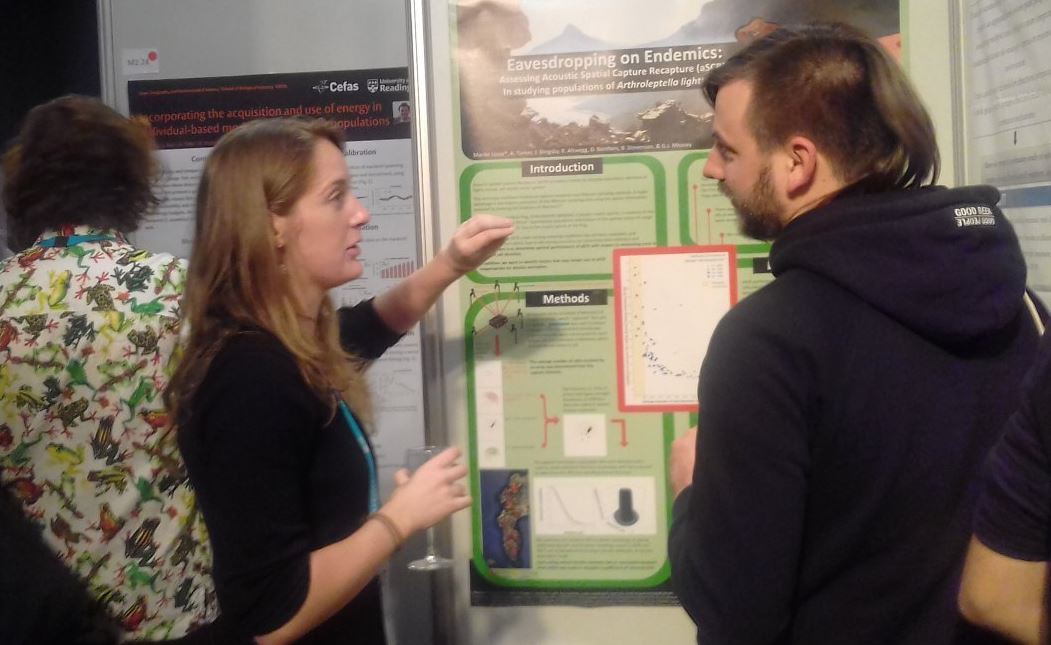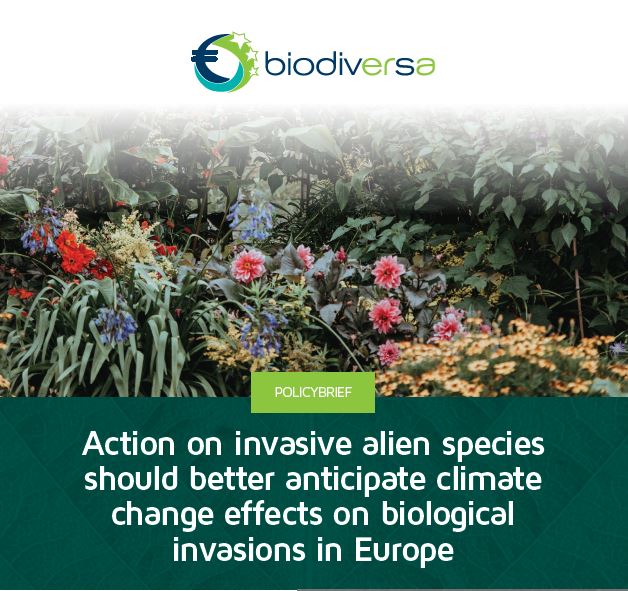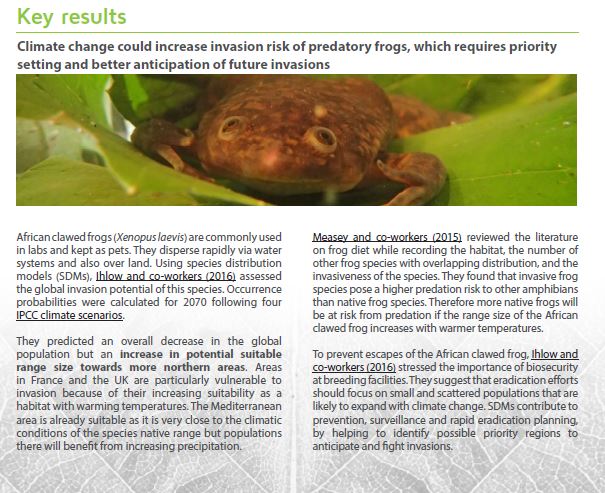Reflections on editing African Journal of Herpetology 2009-2017
Today is my last day as editor of African Journal of Herpetology. In this blog post, I reflect on 9 years of being editor in chief.
In 2009, I had already published 37 papers so had a pretty good idea of the author side of the publishing game. I had been outraged at decisions that I felt had been unfair, surprised at others which I had felt were too easy, and often mystified at the rejection without review for manuscripts that I had prepared for journals. And when reviewers disagreed about my manuscripts, why did the editor came down on the side of rejecting or calling for major revisions? In essence, what I didn’t know was how editors made their decisions.
Don Broadley started the Journal of the Herpetological Association of Africa in 1965 and edited it for 20 years. The name changed to African Journal of Herpetology in 1996 with many prestigious names in African herpetology having been editors (see Measey 2011 for a detailed retrospective). I had submitted manuscripts that had been both rejected and accepted under two different editors. The editor in 2008 was Alex Flemming who had taken over from Graham Alexander in 2006 but had already resigned so that the Herpetological Association of Africa (HAA) committee was looking for a replacement editor. I realised that this was an opportunity I had been looking for and volunteered. I was proposed and in the absence of any other interest was made editor.
I have already written about the huge workload that I took on at that time not only editing, but also publishing the journal (you can find that blog entry here). Together with that added workload, I had the dubious honour of typesetting a manuscript of my own, already accepted by Alex Flemming (Ngawa et al 2009). The decision to hand over the publishing to Taylor & Francis was taken after long discussions with the HAA committee, but finally resulted in Volume 59 issue 1 (see cover above). One of the enjoyable tasks I undertook was to redesign the journal logo. The old journals carried a map of Africa with political boundaries, so I decided to retain the theme but replace politics with outlines of herps. I selected images representing as many groups of herps as I could (yes - there is a caecilian covering much of Algeria and an amphisbaenian in Namibia), and drew simple outlines around them. It was fun to do and I was proud of the result, and surprised when I received complaints from HAA members that they preferred the old version. But I shouldn't have been surprised as there will always be those who don't like change.
Of huge significance to my life as editor was the move to an editorial online platform which allowed simple tracking of manuscripts in which both Associate Editors and I could visualise the peer review process. Trying to maintain a personal, professional and editorial inbox all in the same place was quite a challenge, and so the editorial online platform was very welcome.
Acting as editor for my own manuscripts
Early on, I had to make a decision about what to do when I wanted to submit my own manuscripts to AJH, or if I was a co-author. The conflict of interest was clear and my decision was to have any such manuscripts handled by a designated Associate Editor and to recuse myself from the review and decision making process. I was very strict with this, even though it resulted in one unhappy episode when a review for a manuscript I had submitted was withheld until a rival paper had been submitted, accepted and published in another journal. My co-authors felt particularly unhappy that our paper had spent so long in review. I felt let down by the Associate Editor who had allowed the reviewer to sit with our manuscript for months.
Policies old and new
This was not the only policy decision that I took for AJH. I decided on a double-blind peer review process. In retrospect I still think that this was a good decision, although many authors appeared incapable of removing their names from a manuscript, and persuading them to do so caused a surprising amount of delay. African Herpetology is a small world, and I didn’t really think that reviewers would not guess who senior authors were for most of the papers. However, there was evidence at the time that women authors could be disadvantaged by open peer-review (Budden et al 2008), and I didn’t want this to happen to any of our student authors. The other option would have been to have both reviewers and authors revealed, but this seemed less likely to be workable as anonymous reviewers were already hard to come by. Occasionally, reviewers would insist that their anonymity be waived. Although noble, this would have been against the spirit of double-blind reviewing and so reviewer names were systematically removed. Thus, double-blind review became (and remains) a headache for the editorial process, but one that I think is worth keeping, even though authors and reviewers alike couldn’t follow instructions.
The inability of especially authors to follow comprehensive instructions was perhaps the major theme that ran through my time as editor of AJH. Early on in the process, I revised the Instructions to Authors, making it as comprehensive as I could. I’ve never been someone who enjoys formatting manuscripts for a particular journal style, and so did not insist that manuscripts adhered to the peculiar referencing style of AJH on first submission. I was also happy for this first submission to have embedded figures and tables. However, it isn’t possible to submit such files to the publishers, and if the manuscript passed the first round of reviewing, formatting of text and files would need to be done by the authors. Many found this difficult and producing the figures in an acceptable format appears particularly problematic for many authors. Some seemed to think that this was something that the editor would do for them!
AJH received many manuscripts that were outside its scope: African herpetology. The instructions to authors couldn’t have been more explicit in this regard and I do wonder how often some authors consult them at all. It would be nice to think that being a ‘chancer’ in this respect might have a pay-off somewhere down the line. However, one fault of the editorial platform is that it takes a very long time to enter all the meta-data required for the publisher to place accepted manuscripts online. Authors, especially older authors, grumble about this a lot, but it is a reality of modern publishing. More and more meta-data is expected to be displayed separately to the printed paper, and this requires that authors enter it. That they do this on initial submission means a whole lot of work when the scope of the journal is completely wrong, thus I don't see any pay-off for being a chancer in this case.
Another policy change occurred in 2013 when AJH moved to use ZooBank to safeguard against taxonomic theft. You can read more about that change here.
AJH for African herpetologists
I also wanted to encourage authors from more countries in Africa to submit their work to the journal. Although I didn't get the numbers of manuscripts I would have wanted, the journal did see an increase in the number of papers published from authors outside of southern Africa. More recently, the journal has published a number of papers from north Africa, including the first paper in AJH on African salamanders.
Thus in my time as editor, AJH published on all three Orders of Amphibia: Anura, Gymnophiona and Caudata, as well as a lot of papers on reptiles.
How easy did it turn out to make decisions?
Decisions were much easier than one might think. For the majority manuscripts that were sent out to review, the reviewers did a good job of assessing the worthiness of publication. The difference between minor and major revisions was determined by whether or not another review was likely to be needed on resubmission. My suggestion to Associate Editors was that manuscripts that had already received a decision of Minor Revision shouldn’t be sent out to review again unless something major had changed. Probably the most difficult decisions were where I could see that useful data had likely been collected, but the manuscript lacked pertinent detail to know whether or not it was ever likely to be accepted. The decision to Reject and Resubmit often results in a great amount of time for the Associate Editor involved to wade through poorly written manuscripts. Reviewers were also burdened. However, in some cases, authors did eventually publish their work in the journal and these were sometimes good additions to the literature that would otherwise have been lost.
Another policy was to prevent more than 2 rounds of review. It can be very frustrating for authors to go through multiple rounds of peer review, especially if additional reviewers are brought in on later rounds as they inevitably have new comments. My policy was that once a paper had received two decisions as Major to Minor Revisions, the third submission should be handled by the Associate Editor, and not sent out to review again. For the most part, I think this policy worked well. There were, and always will be, exceptions to any such editorial procedure.
The peer in peer review
During my time as editor, I co-authored an editorial that appeared in many of the world's herpetological journals: The 'peer' in 'Peer Review'. The basis of this editorial is something that I'm sure all editors are finding, that increasingly our colleagues are all too happy to turn down conducting peer reviews. Sadly, this is not an affliction of only herpetological journals, and I see the same problems in my work editing for PeerJ. I find it especially distressing when the peers themselves are authors who rely on the process of peer review for their publications. While we can't always conduct every review we are asked to do, we can make the effort at least to reply and make a suggestion of another reviewer to the editor.
Should everyone be an editor at least once?
I do feel that everyone should participate in the peer-review process. You should expect to review something equal to the work that you produce for other reviewers. The role of editor is a massive burden on top of reviewing. Some of this is carried by Associate Editors who I found did a sterling job of helping authors get their manuscripts published. If you feel inclined to become an editor then you should volunteer to become an Associate Editor for a set period. Ask up front how many manuscripts you’ll be asked to handle each year and what turn-around time the editor expects. Do this before you sign up to be an editor, as it’ll give you most of the information you need before you decide.
Personal happiness
In July 2013 a would be author wrote to inquire whether her research on fossil African frogs would be appropriate for AJH. I responded positively and also that I had a keen interest in the subject. Thalassa and I met up to talk about it later in the year. Unexpectedly, it transpired that editing the journal had led directly to me meeting my wife. We married in December 2016 (see blog post here). It's not something that I would have predicted when I took on the job back in 2009.
There has been more happiness as editor of AJH. I have headed a team which has helped many first time authors get their work publised in a scientific journal. The team work of associate editors and peer reviewers cannot be underestimated and has led to the direct improvement of every manuscript that AJH has published in my time as editor. I am very grateful for all of the work that associate editors (past and present) have put into the journal. I am thankful also for all of the authors that have chosen to submit their work to the journal.
It’s all about helping authors
I am happy that in my time as editor of AJH I’ve been able to contribute to helping many authors produce decent peer review publications. The team of Associate Editors that I’ve been privileged to work with has always managed to assist authors produce something better. Most reviews have been constructive and in the spirit that we all benefit from good literature.
Read editorial reports published in African Herp News:
Measey, J. (2017) African journal of herpetology editor’s report 2017. African Herp News 64: 4-6. pdf
Measey, J. (2015) African Journal of Herpetology Editor’s report. African Herp News 62: 6-8. pdf
Measey, J. (2013) Taxonomic publishing, vandalism and best practice: African Journal of Herpetology makes changes that will safeguard authors. African Herp News 60: 2-4. pdf
Measey, J. (2013) Journal Editor’s report. African Herp News 59: 8-10. pdf
Measey, J. (2011) Journal Editor’s report. African Herp News 53: 5-7. pdf
